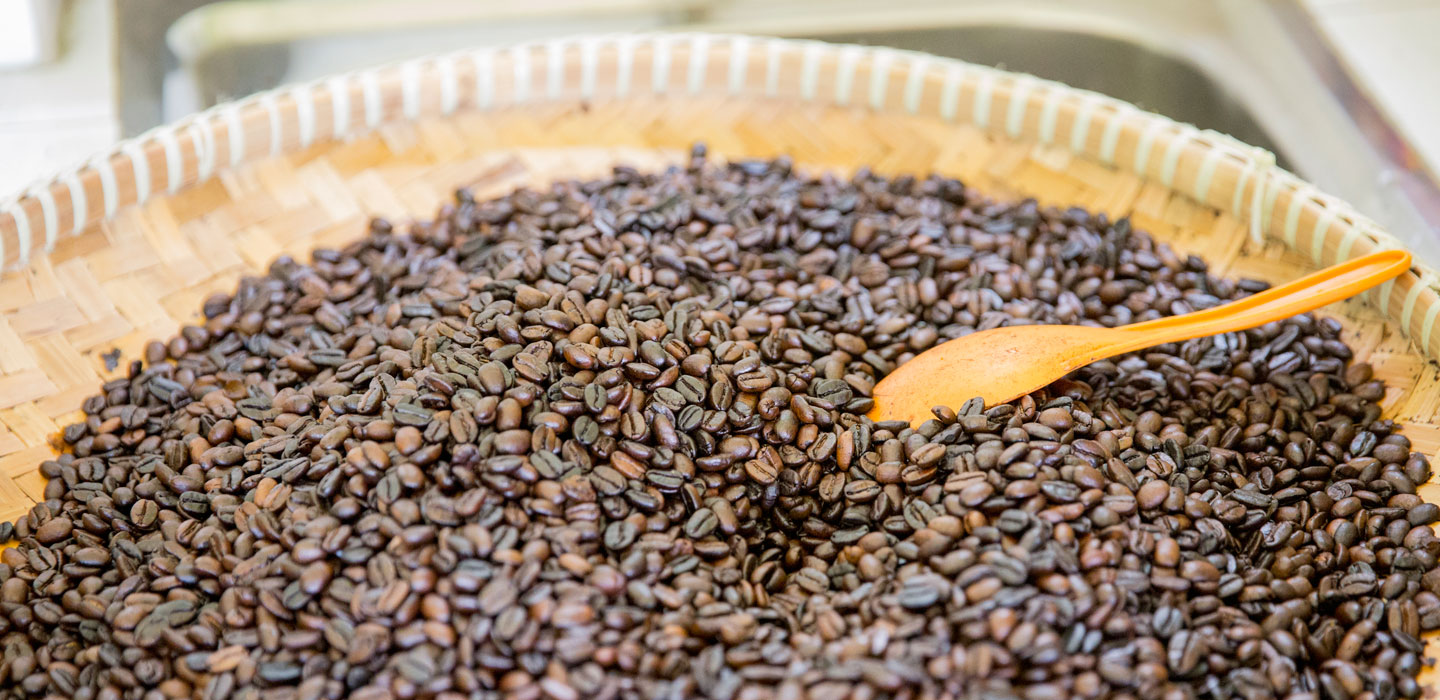Études et dossier
Études et dossiers

Études et dossiers
Menu Affichage
Search Results Filters
Résultats de recherche
Deuxième Conférence africaine sur les transferts d’argent et les réseaux postaux - rapport officiel
La deuxième Conférence Africaine sur les transferts d’argent et les réseaux postaux a été organisée dans le cadre de l’Initiative relative aux services financiers postaux en Afrique (APFSI), un programme régional conjoint mis en œuvre par le Mécanisme de financement pour l’envoi de fonds (MFEF) du Fonds international pour le développement agricole (FIDA), en collaboration avec la Banque mondiale, l’Union postale universelle (UPU), l’Institut mondial des caisses d’épargne / le Groupement européen des caisses d’épargne (IMCE/GECE) et le Fonds d’équipement des Nations Unies (FENU).
L’avantage des terres arides: Protéger l’environnement, autonomiser les populations
Que sont les terres arides et pourquoi sont-elles importantes? Présentes sur tous les continents et couvrant plus de 40% de la surface terrestre, les terres arides se rapportent généralement aux zones arides, semi-arides et subhumides.